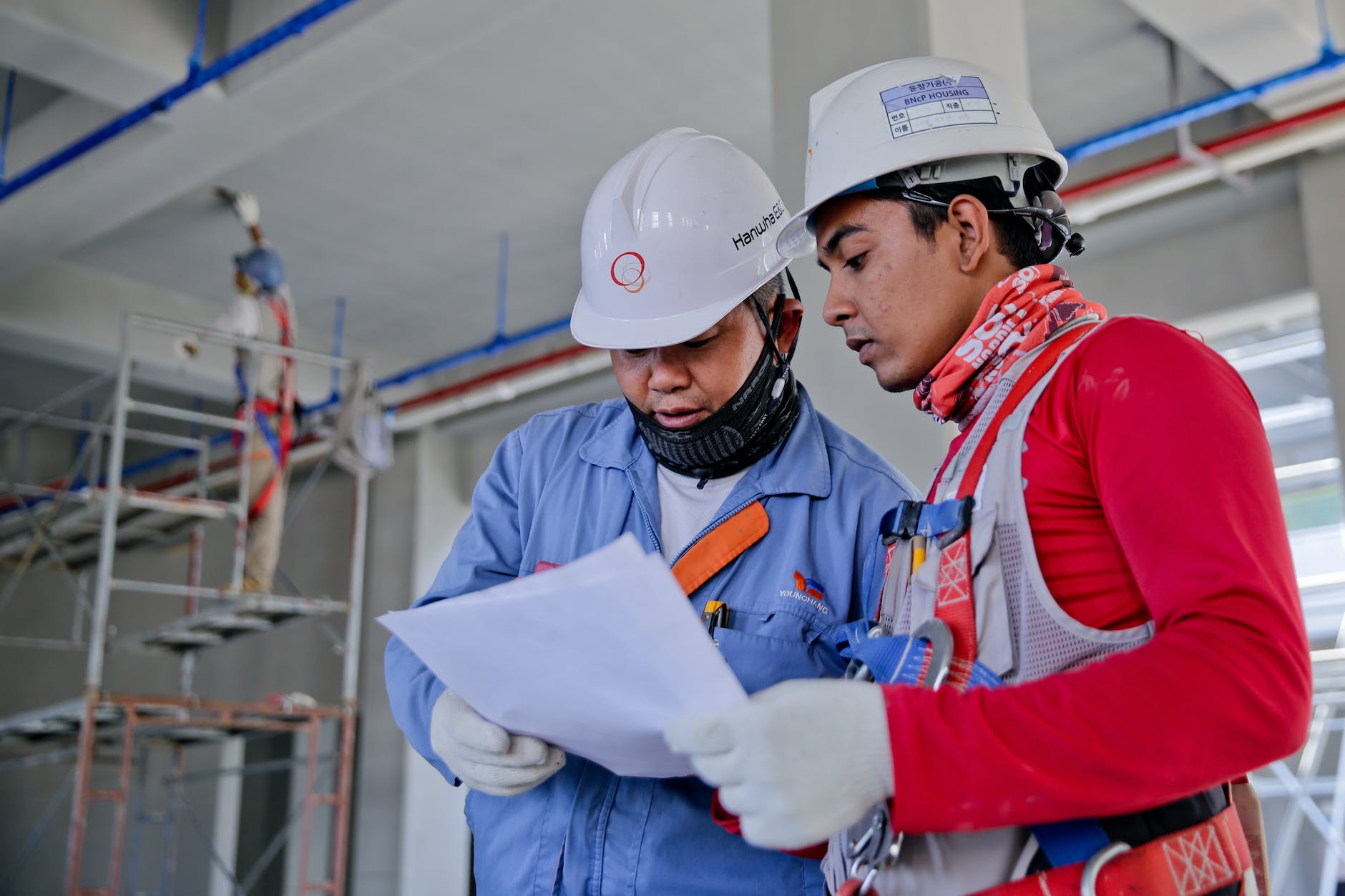
Construction Safety MCQs | Download PPT
- Question: What is the primary purpose of a Safety Data Sheet (SDS) on a construction site?
- A) To list the contact information of project managers
- B) To provide information on hazardous chemicals used on-site
- C) To outline the construction timeline
- D) To describe the architectural plans
- Question: Which type of fire extinguisher is suitable for electrical fires on a construction site?
- A) Class A
- B) Class B
- C) Class C
- D) Class D
- Question: What is the minimum recommended height for fall protection equipment to be used on construction sites?
- A) 4 feet (1.2 meters)
- B) 6 feet (1.8 meters)
- C) 8 feet (2.4 meters)
- D) 10 feet (3 meters)
- Question: What is the purpose of a “buddy system” in construction safety?
- A) To minimize overtime work
- B) To ensure workers have friends on-site
- C) To pair workers to watch out for each other’s safety
- D) To promote healthy competition among workers
- Question: Which of the following is a common hazard associated with trenching and excavation work?
- A) Overhead lighting
- B) Heat exhaustion
- C) Cave-ins
- D) Loud noises
- Question: What should workers do if they encounter damaged or defective personal protective equipment (PPE)?
- A) Continue using it until the end of the shift
- B) Report it immediately and replace it
- C) Ignore it if it doesn’t impact safety directly
- D) Modify it to make it usable
- Question: Which type of scaffolding provides the most maneuverability on a construction site?
- A) Single pole scaffold
- B) Suspended scaffold
- C) Mobile scaffold
- D) Cantilever scaffold
- Question: What is the purpose of a “confined space entry permit” in construction safety?
- A) To allow unrestricted access to confined spaces
- B) To document hazards and safety measures for entering confined spaces
- C) To limit the number of workers in confined spaces
- D) To ignore safety protocols in confined spaces
- Question: Which type of hazard does “struck-by” refer to in construction safety?
- A) Falls
- B) Being hit by moving objects
- C) Electrical shocks
- D) Exposure to hazardous chemicals
- Question: What is the purpose of conducting regular safety toolbox talks on a construction site?
- A) To discuss the latest sports newsB) To educate workers about safety procedures and hazardsC) To promote sales of construction equipmentD) To plan social events for workers
- Question: What is the purpose of a “hot work permit” in construction safety?
- A) To document worker attendance during hot weather
- B) To allow unrestricted use of heat-generating equipment
- C) To ensure proper safety measures are in place for activities like welding or cutting
- D) To organize social events for workers
- Question: What does the acronym “SWL” stand for in the context of construction safety?
- A) Safe Work Limits
- B) Standard Workplace Logistics
- C) Safe Weight Load
- D) Scaffold Working Limitations
- Question: What is the primary purpose of conducting regular safety inspections on a construction site?
- A) To impose fines on workers for safety violations
- B) To identify and rectify potential hazards
- C) To reduce productivity among workers
- D) To increase insurance premiums
- Question: Which type of personal protective equipment (PPE) is specifically designed to protect the eyes from impact or debris?
- A) Hard hat
- B) Safety goggles
- C) Earplugs
- D) Steel-toed boots
- Question: What is the primary purpose of a “lockout/tagout” procedure in construction safety?
- A) To restrict access to construction sites
- B) To secure valuable construction equipment
- C) To ensure machinery is completely shut down during maintenance or repair
- D) To signal the end of the construction shift
According to OSHA and NEBOSH: Difference Between Accident and Incident | Download PPT
Difference between JHA and JSA | Download PPT
























